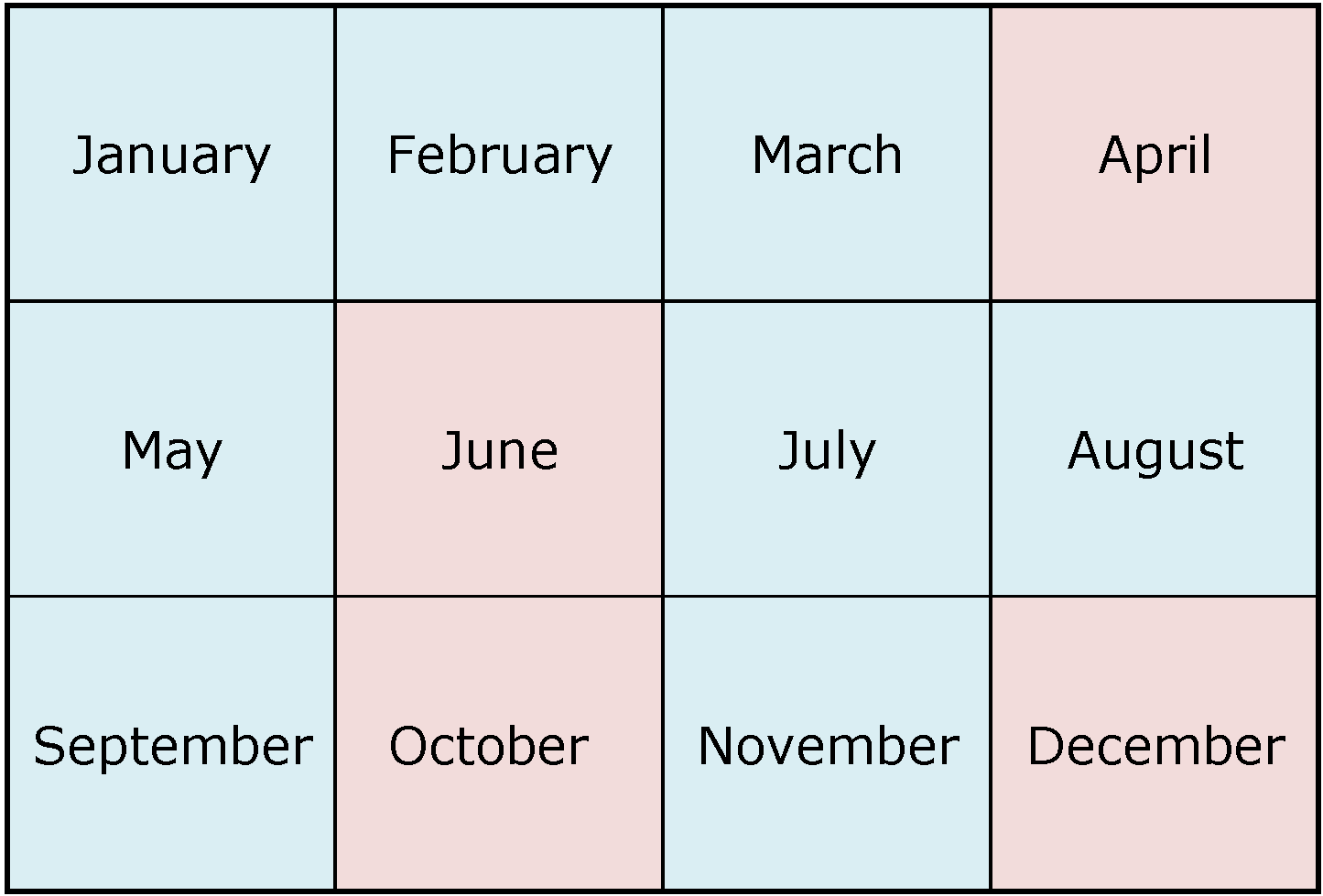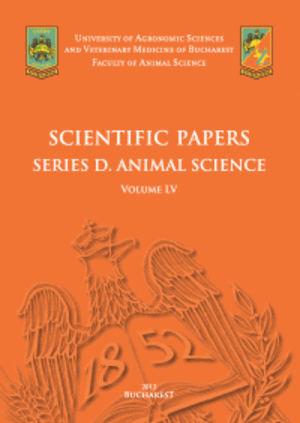Published in Scientific Papers. Series "Management, Economic Engineering in Agriculture and rural development", Vol. 25 ISSUE 2
Written by Mihaela PILA, Silvius STANCIU
In the European Union, numerous small family farms are operated by over 11 million farmers, who often work independently. The highest concentration of small farms is in Romania. Due to this fragmentation, small agricultural producers can be disadvantaged in contracts with the processing and retail sectors, where there is a greater consolidation. To strengthen the negotiating power of small farms, the EU supports the formation of producer organizations (POs) and interprofessional organizations, allowing collaboration with other actors in the supply chain. This trend is currently most common in the fruit, vegetable, and dairy sectors. EU funding and support measures are available, but POs must meet strict criteria regarding membership numbers and production volume. At the local level, producer groups (LPGs) help supply markets and adapt agriculture to climate change. In this context, the aim of this paper is to analyse the territorial distribution and typology of local producer groups in Romania. The study relies on secondary data collected from European and national authorities, complemented by information from scientific databases. Statistical methods, including hierarchical clustering and Pearson correlation analysis, were applied to identify relevant territorial patterns. The results have shown that Romanian POs are concentrated in counties with well-developed agriculture and a tradition of cooperation, while their uneven distribution reflects economic, social, and cultural factors. Public policies tailored to regional needs can stimulate associations, supporting sustainable agricultural development and enhancing the competitiveness of Romanian products. The proposed analysis provides an overview of the territorial and sectoral distribution of producer groups, highlighting regional clusters useful for shaping future agricultural policies.
[Read full article] [Citation]

 Next Issue will be published according the the calendar.
Next Issue will be published according the the calendar.



